GUEST BLOGGER RANDI SONENSHINE
Symbiotically speaking
Though the connection may not seem obvious at first, science and poetry are perfect partners. They both begin with wonder, curiosity, and a desire to uncover hidden truths and connections in the abstract, and they rely on inquiry, observation, creativity, and experimentation to bring a sense of order and understanding to complex concepts. Patterns and structure are also key elements of both poetry and science. These same concepts helped guide and shape my writing of THE DEN THAT OCTOPUS BUILT, as well as the other two titles in my Animal Habitats series from Candlewick. As a literacy specialist and instructional coach, I have also seen how powerful this approach can be with young writers.
Carving out a poem
Recently, I was invited to facilitate a writing workshop with ten to fourteen-year olds at the end of a 4-H “Play in the Dirt” camp. For two days they were immersed in the science and art of gardening. They investigated soil, pollination, photosynthesis, and pests; created herb container gardens and hydroponic veggie jars; painted with fruits and made strawberry jam. For their writing, I chose Blackout Poetry, which involves carefully selecting and highlighting words from an existing page of text and blacking out all remaining words to create a poem.
In my experience, this form gives young writers the confidence and freedom to be creative and focus on the ideas they want to convey.
Although I have facilitated blackout poetry with many students in the past, our starting point was always a literary text, and the goal was to create a poem that reflected a theme, character, or situation from the launch text. In this case, I wanted to use informational text. I hoped this exercise would allow the campers to synthesize, distill, and cultivate meaning from all they had learned and experienced during the camp – the science AND the art.
To my delight, they did all that and more, and the camp leaders (both Master Gardeners, and one an award-winning educator) were amazed at the depth and sentiment contained in their final poems. (For our blackout texts, we used discarded gardening books from the County Extension Agency.)
The lesson (best suited for third grade and up)
Materials
- a copy of The Den That Octopus Built or another poetic science-based launch text
- informational texts, video or book excerpts, etc. for building background (optional)
- copied pages of related text for blackout poems
- markers, pencils, crayons, tape, scissors, and other basic art supplies
Part 1 – Read and discuss
- Read and discuss The Den That Octopus Built or chosen launch text.
- Prompt students to share some of the science they learned about octopuses from the book:
- Octopuses use their siphons to excavate their dens.
- Octopuses have many methods of defense, such as camouflage, jet propulsion, suctioning shells around them like armor, etc.
- Octopuses can smell and taste with their suckers
- Ask students to point out some of the poetic elements of the text. Examples:
- The verses have a consistent rhyme and rhythm.
- Each verse ends with the same refrain.
- The author uses alliteration and assonance, such as in the verse below:
- The author uses figures of speech, such as this simile : “First, like eight-armed bulldozers, octopuses may excavate construction sites, clearing away algae, shell fragments, and other debris.” (From the back matter section, “Octo-Engineering”)
- Provide more background information about octopuses or the topic of your read-aloud text using informational text, video clips, a presentation, etc. (optional if students already have sufficient knowledge or your goal is for them to carve out first impressions) Here is an excellent short video from about octopuses:
Part 2: The blackout poem
- Provide students with an explanation and examples of blackout poetry appropriate for their grade level. Feel free to use my Canva presentation (HERE) or consult this excellent blog post from Just Add Students. (Adapt as needed for younger students.)
- Explain that they will create blackout poems from texts related to octopuses. Their poem should convey some understanding, feeling, or idea about octopuses. They can either black out the remaining page, entirely, or draw images and use shading for a more artistic effect. (Lots of examples available in my presentation and online!)
- Allow students time to create their poems and provide support as needed. I also allow students to use digital creation tools and offer the following variation for those find the traditional method too restricting or challenging:
- Choose words and phrases from the source text and arrange these on your own paper in any order. You can write these or cut them out of the source text and glue or tape them onto construction or copy paper. Black out the remaining page or create background art.
Share and celebrate students’ creations!
Randi Sonenshine grew up exploring the magical “swamp” and woods behind her home on the Eastern Shore of Maryland, developing an early sense of wonder and appreciation for the natural world. This love of nature often appears in her books and poetry. Randi is the author of the Animal Habitats series from Candlewick and the National Jewish Book Award Finalist, The Inside Name from Apples and Honey Press. A former middle and high school English teacher and college reading instructor, Randi is currently a literacy specialist and instructional coach in Northwest Georgia, where she does her best writing accompanied by birdsong and a good pot of Earl Grey tea.
Featured image credit: “Dancing Octopus” by DaugaardDK is licensed under CC BY-NC-SA 2.0.


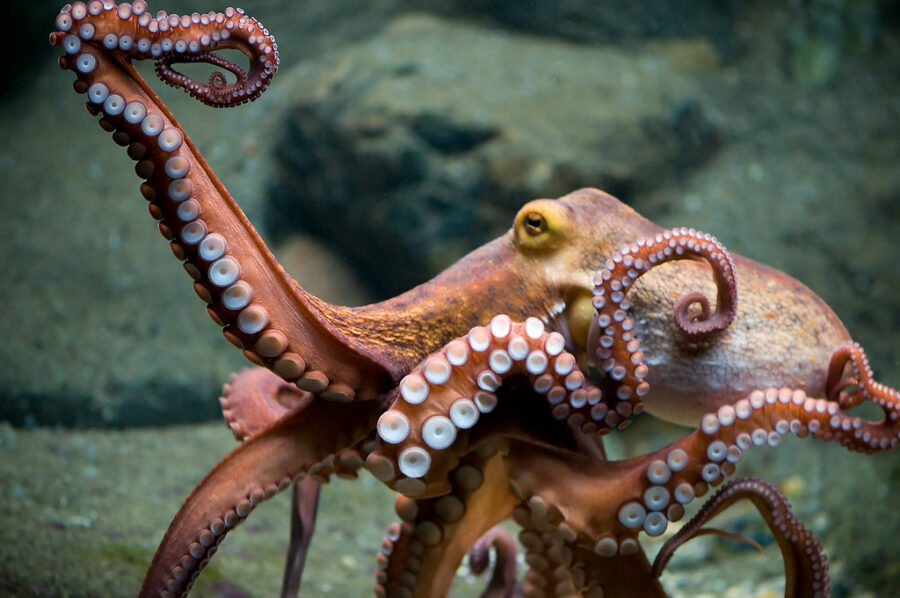

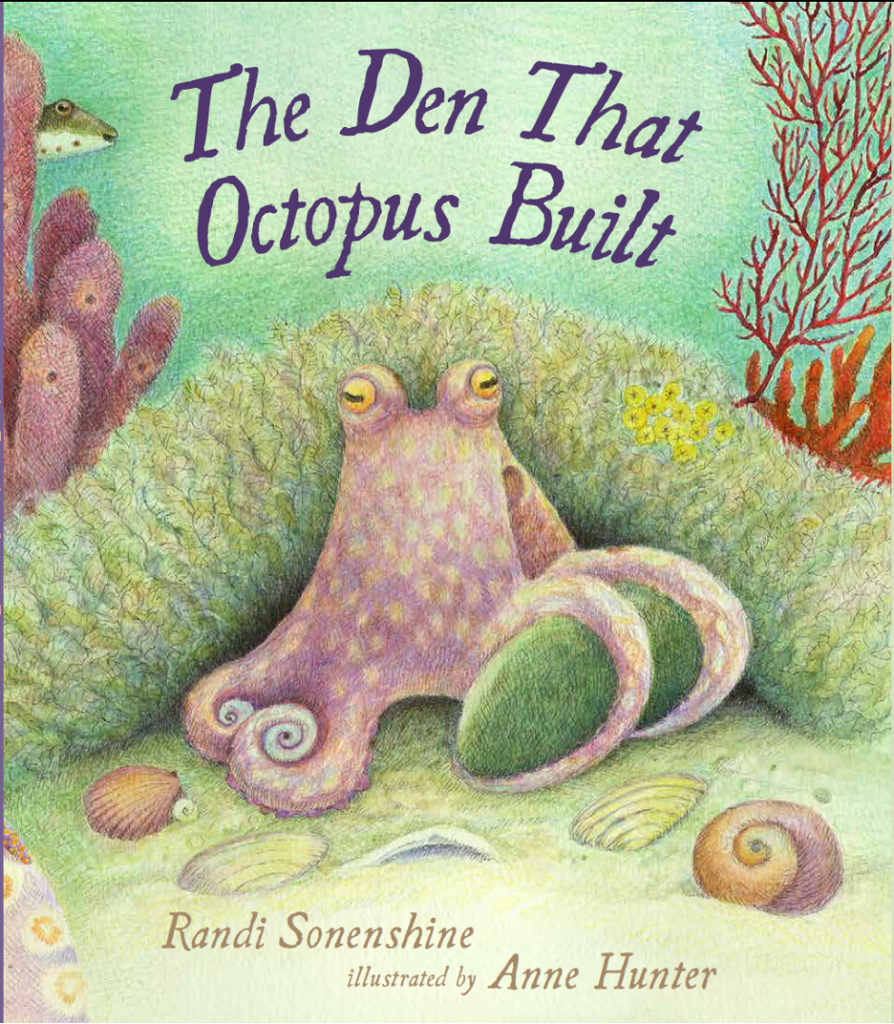
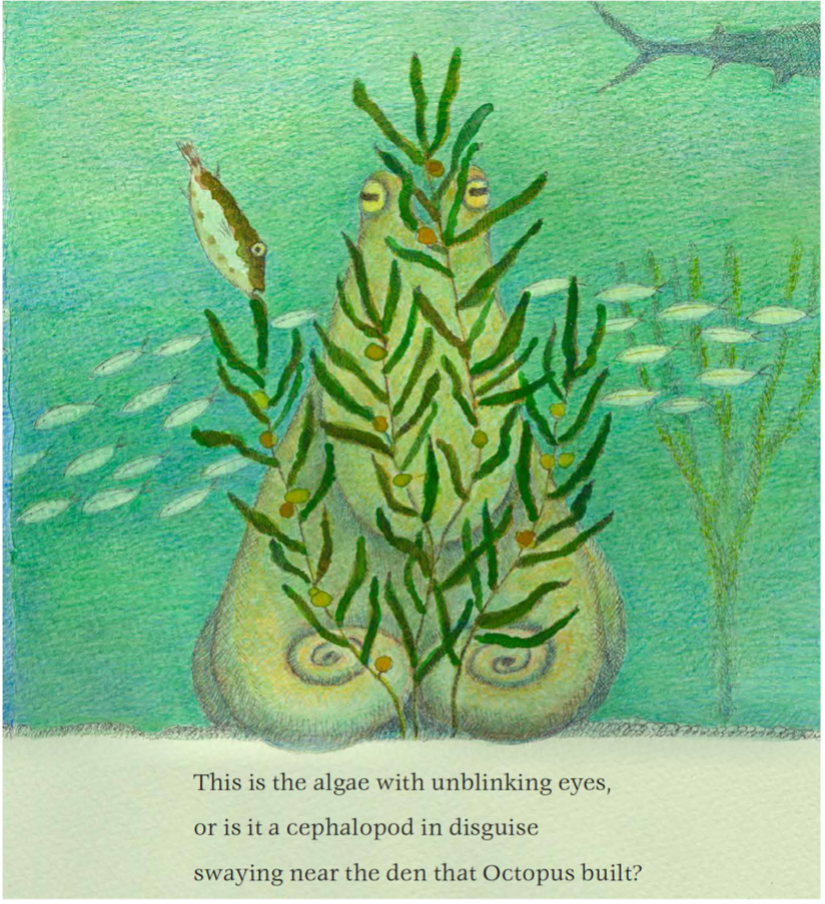
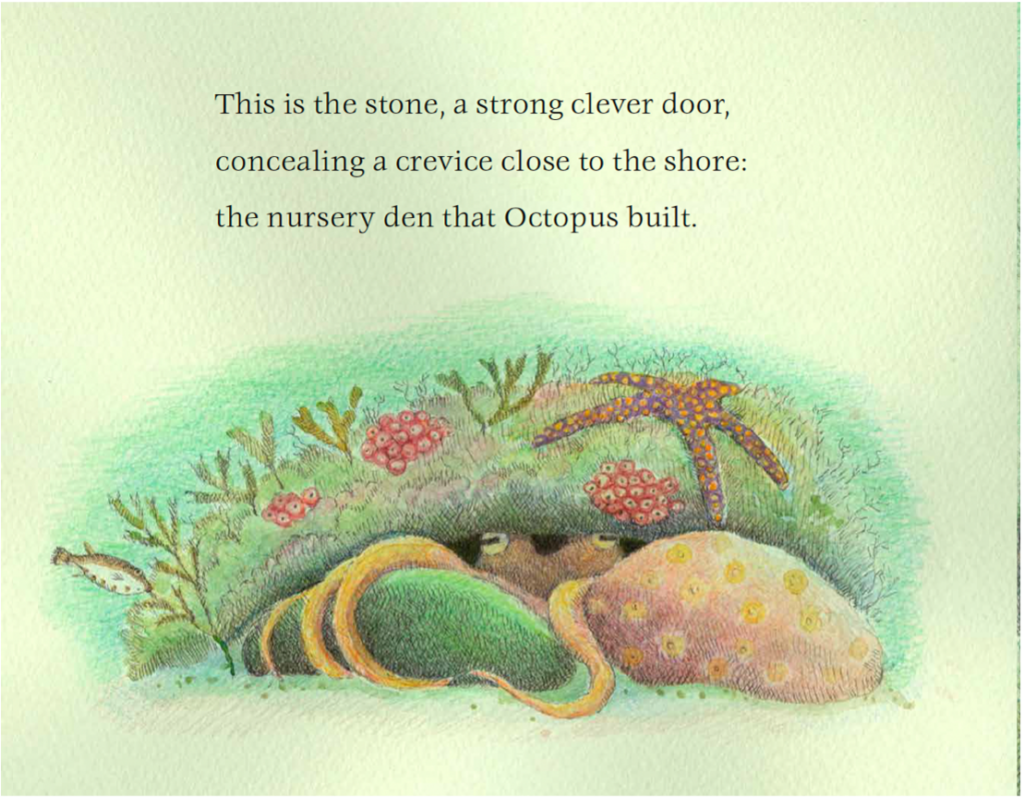
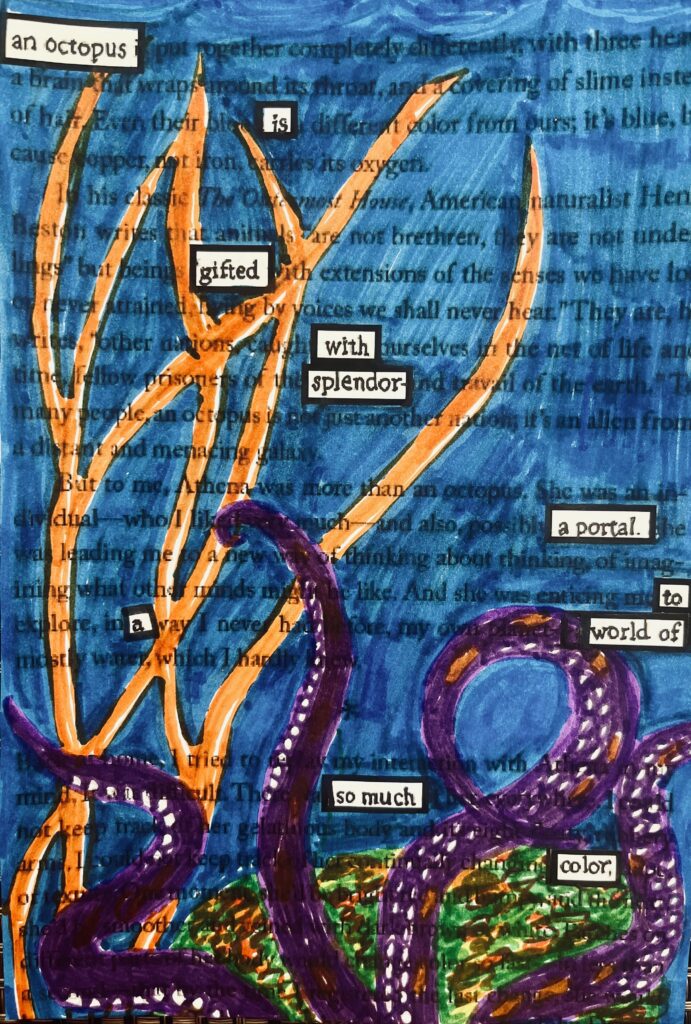


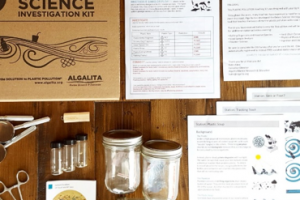
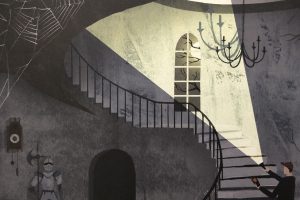


Leave a Reply
Your email is safe with me.